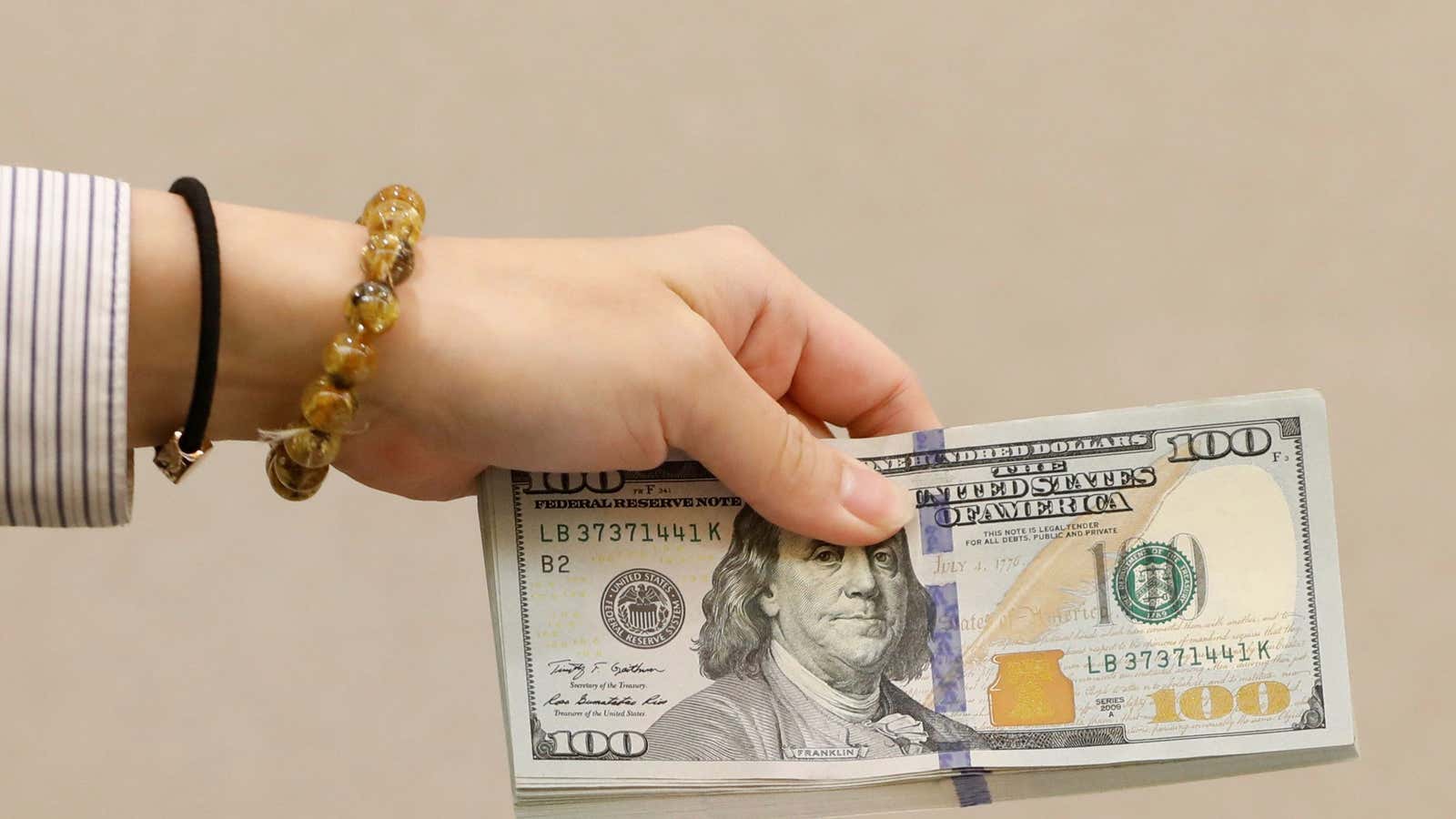Goldman Sachs is making a comeback.
The investment bank posted its best equities trading results in three years today (April 17). The Wall Street firm’s quarterly profit rose 26% (paywall) relative to the same time last year, leaving the bank $2.8 billion richer.
The looming US-China trade war and Facebook’s data scandals have roiled the markets. All the volatility was good news for Goldman, which reported a 38% rise in stock-trading revenue.
But Goldman’s trading success comes at a time when it’s trying to reshape its image. In the aftermath of the financial crisis, the famously high-risk, high-return trading house is now redirecting resources into consumer banking and low-fee index funds. In late 2016, Goldman launched an online consumer banking platform to help customers manage individual debt and loans.
The platform, called Marcus, is the closest Goldman has gotten to playing the role of an ordinary, brick-and-mortar bank. Even CEO Lloyd Blankfein, usually on call with captains of industry, reportedly dialed customers who were using Marcus to ask them questions about their customer banking needs.
So is Goldman’s move into vanilla banking succeeding?
The bank reported $918 million this quarter in net interest income, an indicator of revenue from assets like personal and commercial loans. It’s at its highest since 2015.
Since launch, Marcus has loaned roughly $3 billion to consumers. In March, its retail deposits exceeded $20 billion. And on Sunday, Goldman announced it had bought Clarity Money, an online personal finance startup that’s expected to add more than 1 million customers to Marcus.
Still, whether Goldman can make its goal of $1 billion in extra revenue from consumer lending by 2020 is hard to say.
